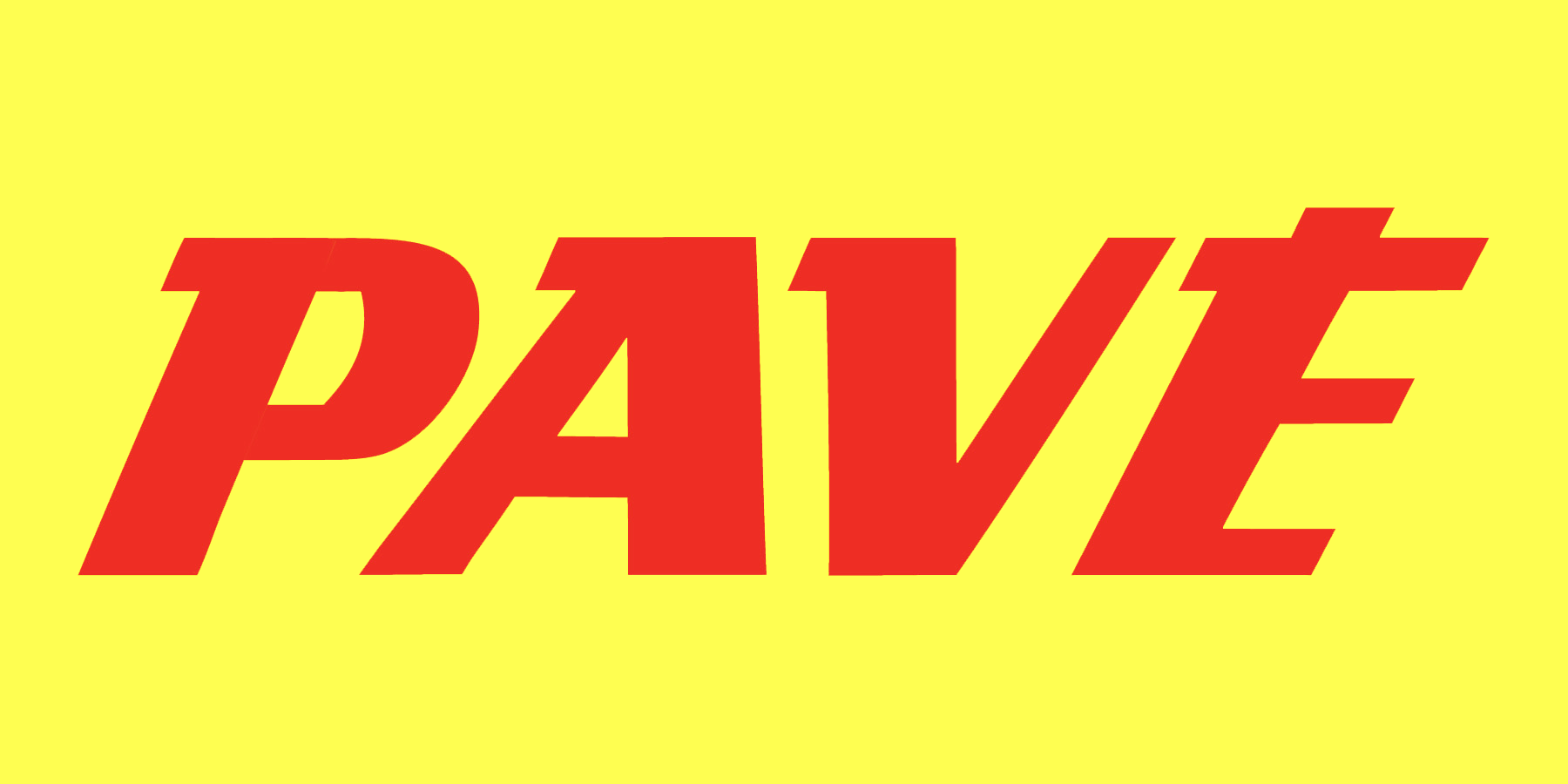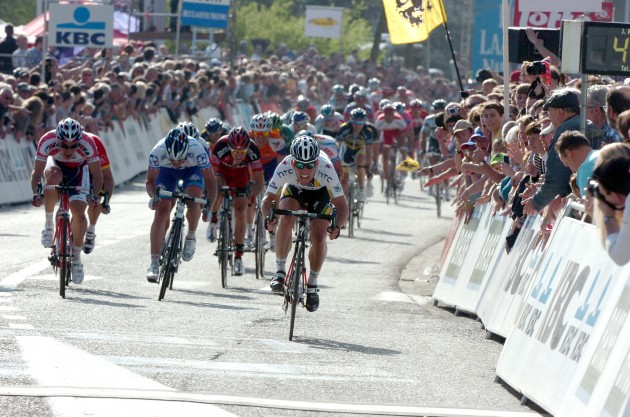Editors’ note: Today, Pavé welcomes our new contributor Julius, who offers historical background on Belgium and the races we’ve come to know and love.
It’s easy to imagine Flanders as a magical place where there are bicycle races of all types all year long, where the hardmen on two wheels can always mooch some free Trappist beer from sympathetic barkeepers. It’s also easy to imagine Belgium consisting only of the climbs of de Ronde. There is a lot of truth to this myth, but knowing that Belgium hosts some of the hardest one-day races does disservice to the long, deep, complex, and complicated history of its various parts. Today’s identity of Belgium may have been quantized to only two parties – the northern Flemings and the southern Walloons – but going back even only 60 years will reveal a much more complex and multi-faceted country.
Speaking only a little of any language is a dangerous thing, and that’s how my “discovery” of Belgium started. Educated by Dutch and Belgian priests halfway around the world from Belgium, I can understand some Dutch and Flemish. And whenever I hear names like “Brabantse Pijl” and “Dwars door Vlaanderen,” I instantly thought, where did the names come from and why?
Think of some of the better-known races: de Ronde, Dwars, de Omloop, Gent-Wevelgem, and perhaps E3 Prijs Vlaanderen. These races all started as very much regional races. And so far we’ve only covered races that are in the old County of Flanders, which consist only of the western part of today’s Region of Flanders. Not completely lost yet? Read on. The races mentioned so far all go round and round mostly in the locale known as “Flemish Ardennes”, covering the area just south of Gent, in East Flanders. Remember what I said about the old County of Flanders being in the western part of the Region of Flanders? That’s right: both provinces of West and East Flanders reside in that western part.
So what is there in the east then? That’s where the old Brabant existed, as does the historical city of Antwerp, which used to be the richest port in the world. What do they have to answer to all the bike races in western Flanders then? They gave one answer each: Brabantse Pijl and de Scheldeprijs.
Each race has its unique character, but we will focus on de Scheldeprijs – although Chavanel’s solo win in Brabantse Pijl in 2008 in front of a charging peloton brought tears to my eyes. De Scheldeprijs has significant historical meaning – it used to traverse along the river Scheldt, which used to feed the wealth of Antwerp until its northern banks were blockaded by the Dutch. Halfway into the war of Dutch independence from Spanish rule in the 17th century, a long 80-year war, the Spaniards managed to hang on to the southern part of the Low Countries, roughly today’s Belgium. The Dutch, however, wanted their own ports to grow, and thus blockaded de Scheldt. Ships from the north sea no longer was able to enter the Scheldt, and thus Antwerp could no longer feed the waterways to the heart of Germany with riverine trade.
The average cobbled classic fan may at this point ask, why all this historical detour? There are many answers. Or rather, questions. First one: have you ever wondered why sporza.be thoughtfully captions Flemish-speaking post-race interviews in Flemish? The reason is that the dialect from the old Duchy of Flanders and the old Antwerp and the old Brabant are so deep that they can’t fully understand each other on TV or radio. Or sometimes, not even in person.
Secondly, have you ever wondered why Peter van Petegem is so tanned and hairy? Consider that perhaps an extra 150 years of Spanish rule perhaps has a contribution.
Finally, almost all the hills of Flanders are confined to that small space called the Flemish Ardennes. That means that de Scheldeprijs is pancake flat. Further, the Antwerp area is very sandy, making it one of the centers of the world for glass production. Thus, farming was never a big focus here. This also means that cobbled roads were very quickly replaced by asphalt.
All these factors conspire to make de Scheldeprijs a race that is nothing similar to de Ronde, and nothing similar to Paris-Roubaix either. So what is a contender of the cobbled classics to do, then? In the absence of any other decent Wednesday race alternatives, most of them still gamely show up just to get the legs spinning. But whether the true contenders will take a risk is a different matter. On the other hand, Ghent-Wevelgem offered plenty of familiarity: cobbled climbs. Which leads to the question – what’s the best schedule for the weeks leading up to the Ronde and Paris-Roubaix?


One Response to Why the Scheldeprijs Matters